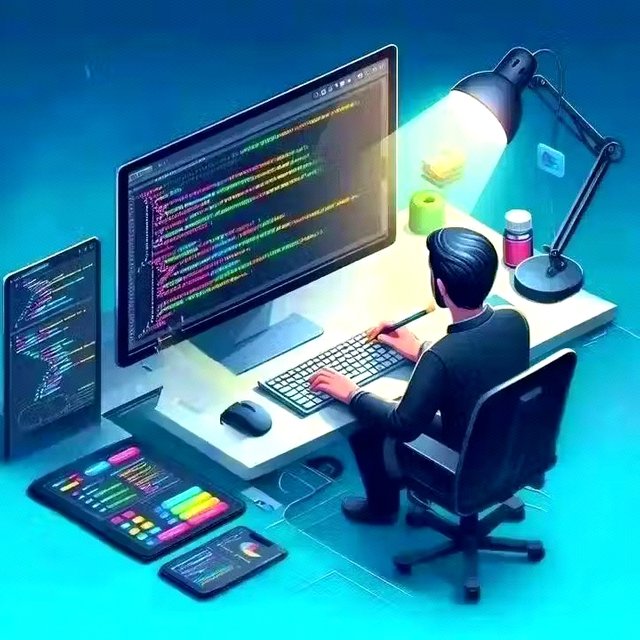Modernizing Legacy Codebases: Refactoring Strategies for Old Code
The Hidden Cost of Legacy Code
In 2019, a leading e-commerce company experienced a massive outage during their biggest sales promotion of the year. The reason? A legacy codebase that had been patched numerous times but never fully modernized. The outage cost millions of dollars in lost sales and frustrated customers.
This is the existence of legacy code—it runs until it doesn't. And when it fails, it can cost companies time, revenue, and even reputation. If your business still relies on outdated software, the time to modernize is now. But how do you update old code without breaking your system? Let's explore the best approaches.
Why Is Legacy Code an Issue?
Legacy software is aging software that continues to be utilized, typically because it's deeply integrated into business operations. However, maintaining and trying to update it has significant disadvantages:
🔹 Technical Debt – Patches and temporary solutions over the years bloat the codebase and render it increasingly hard to maintain.
🔹 Security Vulnerabilities – Older code lacks newer security features, so it's vulnerable to cyber threats.
🔹 Scalability Issues – Legacy systems can't handle growing user needs.
🔹 Lack of Documentation – Developers leave without properly documenting changes.
🔹 Compatibility Problems – Older tech isn't compatible with new tools.
Ignoring these issues can lead to higher costs, system downtime, and lost opportunities. The solution? A structured approach to modernization.
Best Practices for Modernizing Legacy Code
Instead of rewriting everything from scratch (which is costly and dangerous), attempt the following battle-hardened techniques:
1️⃣ Refactor Instead Of Rewriting
It's tempting to rewrite the whole system but very risky. Refactor in small, bite-sized chunks instead:
✅ Take out duplicate code.
✅ Improve naming conventions.
✅ Remove dependencies on outdated libraries.
✅ Decompose monolithic systems into small, manageable modules.
🔹 Example: A banking system reduced processing time by 40% simply by refactoring badly written SQL queries instead of reimplementing the entire system.
2️⃣ Add Automated Testing
Before making any changes, have a good testing strategy in place:
✅ Unit tests to ensure functionality.
✅ Integration tests to check for system-wide impact.
✅ Regression testing to make sure new updates don't break existing features.
???? Example: One automating testing firm saved hundreds of developer hours by detecting errors before deployment.
3️⃣ Leverage APIs & Microservices
Breaking down monolithic applications into microservices allows incremental modernization without affecting the entire system.
✅ Identify components that can run independently.
✅ Create APIs to bridge old and new technology.
✅ Deploy microservices one by one to reduce risk.
🔹 Example: Netflix was able to evolve from a monolith to a microservices architecture with scalability and reliability improvement.
4️⃣ Leverage Version Control & CI/CD Pipelines
A solid version control (like Git) and Continuous Integration/Continuous Deployment (CI/CD) help track changes and automate testing.
✅ Use feature branches for experimenting with changes before merging.
✅ Automate deployments to discover issues early.
✅ Maintain rollback options in case of failure.
🔹 Example: A SaaS vendor reduced deployment failures by 70% through CI/CD automation.
See Primer 5️⃣ Document As You Go
Legacy systems are not well-documented, and updates are difficult. Ensure you:
✅ Maintain good documentation of any changes.
✅ Use tools like Swagger for API documentation.
✅ Create developer guides for onboarding new engineers.
🔹 Example: An enterprise tech firm improved onboarding time for developers by 50% through better documentation during modernization.
When to Do a Full Rewrite?
Refactoring is usually the way to go, but some scenarios warrant a full rewrite:
🚨 The system is unstable and unmanageable.
🚨 Security problems cannot be patched.
🚨 The tech stack is obsolete (e.g., Flash-based applications).
🚨 Business needs have outpaced the current architecture.
Example: Twitter redesigned their backend services when they outgrew their initial Ruby on Rails implementation, improving performance and scalability.
The Future of Your Codebase
Refactoring legacy code is not a solely technical decision—it's a business necessity. With the appropriate techniques, you can extend the life of your software, increase security, and position yourself for future growth without a costly total rewrite.
💡 How do you handle legacy code in your applications? Let me know in the comments!👇
